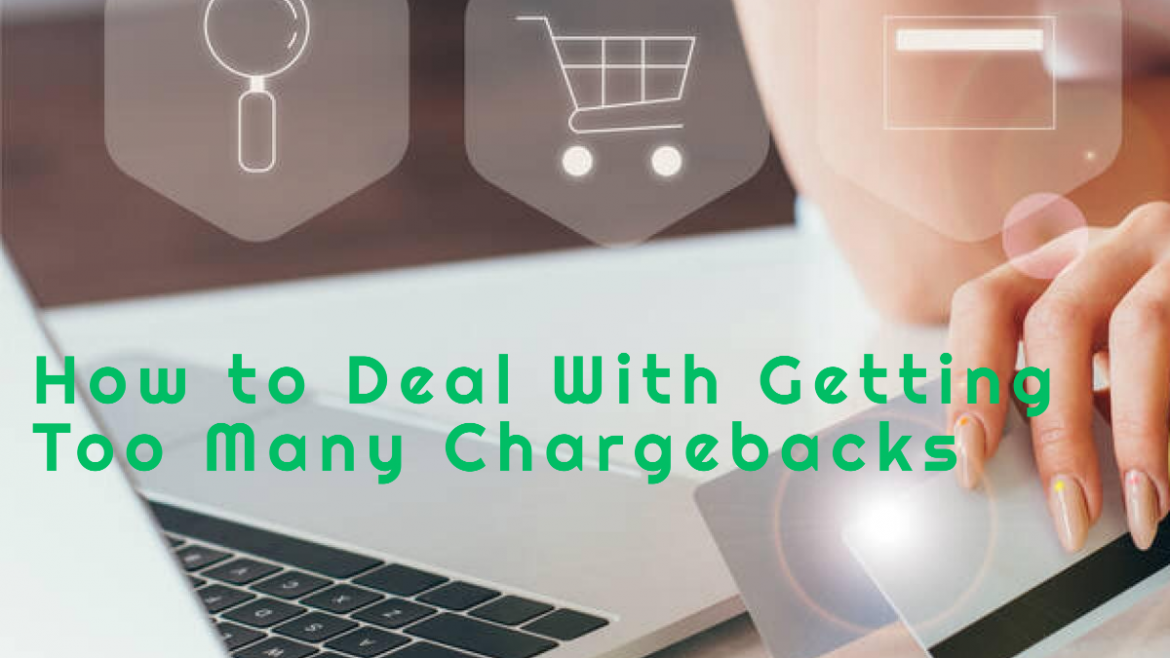Getting a chargeback may not seem like a major issue — and most of the time, it’s not. Excessive chargeback levels, however, are a different story. The more chargebacks you have to deal with, the more your company’s ability to process credit cards will be at risk. Here’s what happens if you get too many chargebacks and how to deal with this issue.
Why Chargebacks Happen
Nobody likes getting hit with chargebacks, but they’re a part of doing business. If someone makes a purchase from your store using a stolen credit card, you’ll be glad that the chargeback process exists. That said, some people take advantage of this process by claiming fraudulent charges where no fraud exists.
For example, a customer may file a chargeback if he or she doesn’t like the quality of your products but doesn’t want to go through the returns protocol. Another potential cause for a chargeback is the merchandise not arriving at the correct destination. There are plenty of chargeback reason codes, and some are less benign than others.
Chargeback Ratios
The more chargebacks you’re hit with, the higher your chargeback ratio will go. This ratio is calculated by dividing the number of chargebacks you get by the number of your transactions. MasterCard and Visa both have methods of tracking merchants’ activity. If your chargeback ratio gets close to the industry maximum ratio of 1%, you might be deemed a high-risk merchant.
If you’re deemed high-risk, your acquiring bank may decide to protect itself with rolling reserves. They’ll set aside 5 to 15% of your transaction volumes to lower the risk of potential chargeback losses. The funds they aren’t needed to pay for chargebacks eventually make it back to you, but this does hurt your cash flow.
Payment Processing Privileges
If your acquirer considers your business too risky, they may simply close your account. This will, of course, prevent you from processing credit card payments at all. This would be a huge hit to any business since credit cards make up most of the payments these days.
On top of closing your account, your acquirer will put you on the Member Alert to Control High-Risk Merchants (MATCH) list. This basically serves as a warning to all other acquiring banks that they shouldn’t do business with you either. If it comes to that, you’re unlikely to get another traditional merchant account for five years.
The best solution to being put on the MATCH list is opening a high-risk merchant account. Compared to a traditional account, a high-risk account comes with higher fees. Keep in mind that plenty of industries — such as auto, travel, and tobacco — are at a higher chargeback risk than others. If you’re in one of these industries, higher fees are almost a given.

